Traditional Style Tapenade Made With Green Olives & Olive Oil
Looking for a gourmet touch that’s both quick and effortless? Our Green Olive Tapenade is the answer, coming together in under 9 minutes flat! Say hello to my Green Olive Tapenade Recipe, the ultimate culinary chameleon that’s about to become your go-to for everything from impromptu snacks to gourmet meals. Crafted from a harmony of green olives, capers, and fresh herbs, all brought together with a zesty twist of lemon.

Disclosure: This article contains affiliate links, which means we will earn a commission if you purchase through the links on this page. The product recommendations are solely based on our genuine opinions and experiences. Read the Full Affiliate Disclaimer Here
Olive Tapenade: The MVP of My Kitchen
I’m excited to share with you a recipe that’s as vibrant and lively as the dinner table of my big Sicilian family—a green olive tapenade that’s as easy to whip up as it is delicious. This isn’t just any green tapenade; it’s a culinary hug from the sunny shores of Sicily, where olives don’t just grow on trees; they’re part of the family.
Crafted with the freshest ingredients (because, let’s face it, my garden herbs are practically begging to be used), this tapenade is my go-to whether I’m hosting a grand family gathering or just looking for a quick snack to cure those olive cravings.
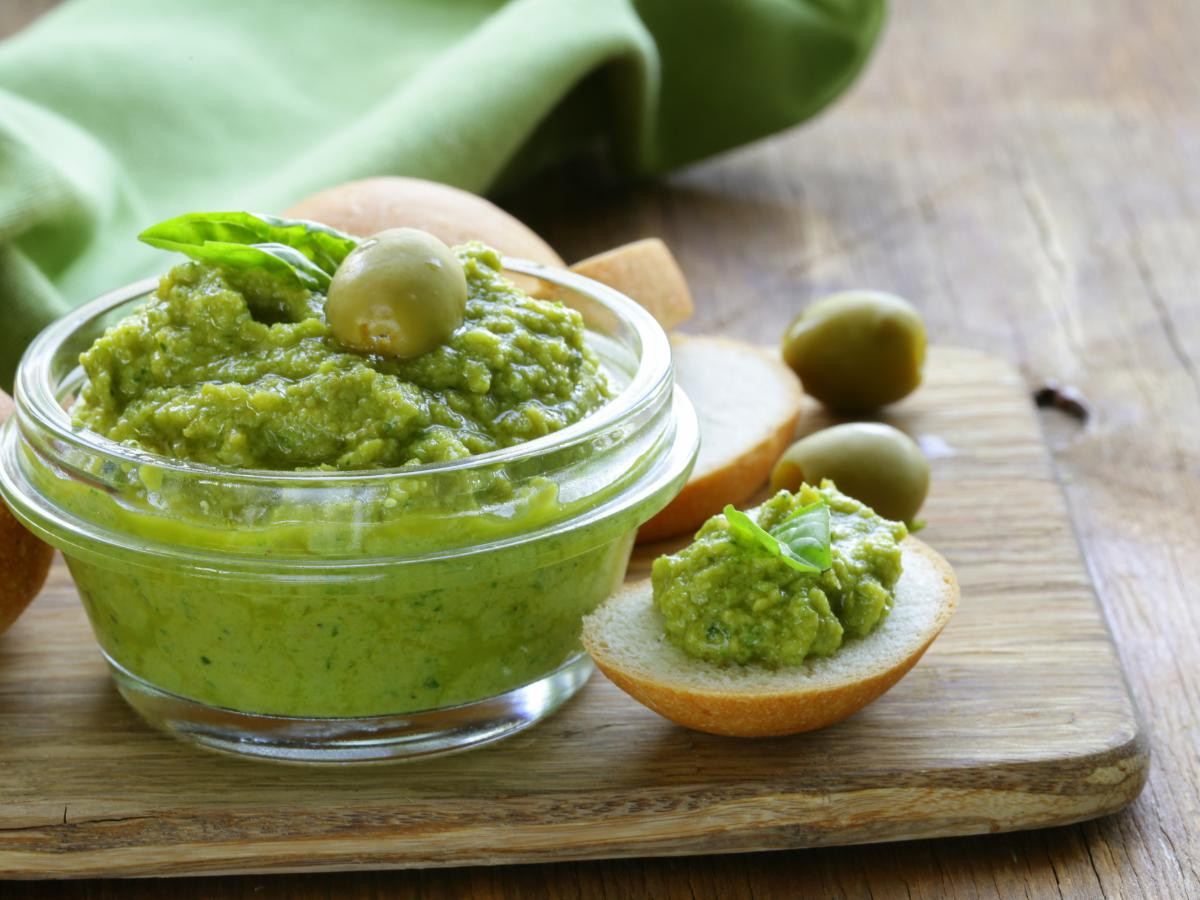
So, grab your food processor and maybe your latest extra virgin olive oil from your olive oil monthly subscription you’ve been meaning to try, and let’s dive into a recipe that promises to be a crowd-pleaser. Remember, the secret ingredient is a dash of fun and a sprinkle of love (and, okay, maybe a bit of fresh garlic).
Table of Contents
What is A Tapenade?
Tapenade is a rich, savory paste from the sun-drenched regions of the Mediterranean, particularly Provence, France. The word “tapenade” originates from the Provençal word for capers, “tapenas,” a key ingredient in the traditional recipe. This culinary delight dates back to ancient times but was formally recognized in the culinary world in the late 19th century.
The core ingredients of a classic tapenade include olives (either black or green), capers, anchovies, and olive oil. These are finely chopped or blended to create a paste that bursts with flavor. Garlic, lemon juice, fresh lemon zest, and herbs like thyme, flat-leaf parsley, or basil are often added to enhance its taste and complexity.
While the traditional recipe leans heavily on olives and capers, numerous variations incorporate various ingredients, reflecting the tastes and traditions of different Mediterranean regions. For example, there are tapenades that include sun-dried tomatoes, artichokes, or even figs for a sweet twist.
What do you eat olive tapenade with?
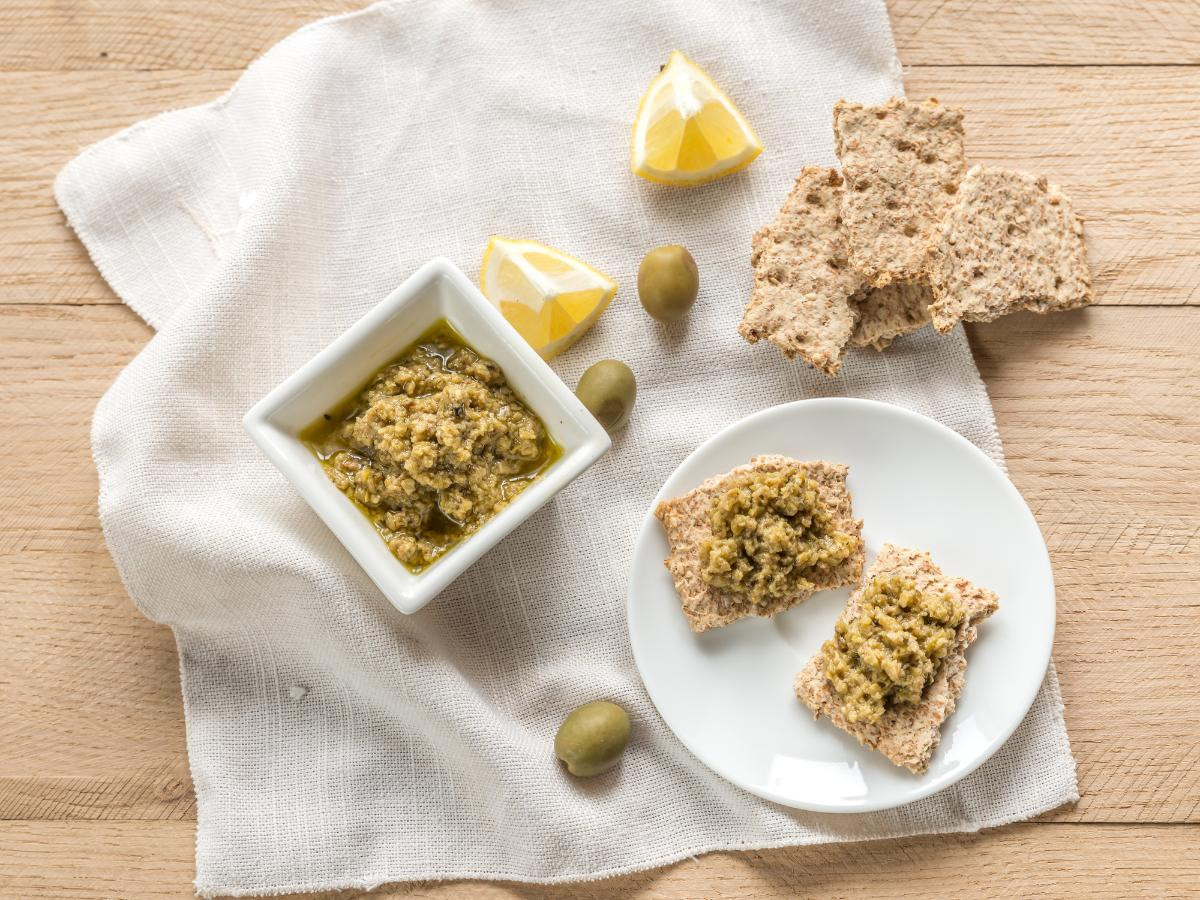
Now, you might wonder, “What do I do with this olive-y goodness?” Strap in because the possibilities are as endless as my love for a good beach day out east on Long Island.
The Classic Crostini: Let’s start with the basics. Slather that tapenade on toasted baguette slices, and bam, you’ve got a crostini bursting with flavor. It’s the perfect appetizer that says, “I know my way around the kitchen,” without having to do much.
Veggie’s Best Friend: Who said veggies need to be boring? Jazz up your favorite grilled or raw vegetables by using tapenade as a dip. It’s like a party in your mouth, and all the vegetables are invited.
Transform Your Sandwiches: Elevate your sandwich game by spreading a generous layer of tapenade on your bread before piling on the other ingredients. It’s like sending your sandwich on a first-class trip to Flavor Town.
Pasta’s New Pal: Mix tapenade with some fresh pasta, a splash of pasta water, and maybe a sprinkle of Parmesan, and you’ve got yourself a dish that’s both simple and sophisticated. Your dinner table just got a whole lot more interesting.
Seafood’s Sidekick: Whether grilled fish or shrimp, a dollop of tapenade can add an incredible depth of flavor that complements seafood like nothing else. It’s like they were meant to be together.
Meat Me Halfway: Even meats can benefit from a tapenade touch. Use it as a topping for grilled chicken or steak, and watch how it turns a good meal into a great one.
Green Olive Tapenade Recipe
This Green Olive Tapenade is a simple, tasty way to bring a bit of the Mediterranean to your kitchen. It’s perfect for spreading on bread, adding a zing to your meals, or as a dip that’ll wow your friends and family.
Tools & Equipment You Will Need
To make the Green Olive Tapenade, you’ll need a few basic kitchen tools and equipment. Here’s what to get ready:
- Food Processor: The star tool for blending all your ingredients into the perfect tapenade texture.
- Measuring Cups and Spoons: For accurately measuring olives, capers, olive oil, and herbs.
- Knife and Cutting Board: For chopping any large herbs or ingredients that need to be prepped before going into the food processor.
- Microplane or Zester: Ideal for zesting the lemon to add that fresh, citrusy kick.
- Juicer (optional): If you prefer, use a juicer to easily extract fresh lemon juice.
- Spatula: To scrape down the sides of the food processor bowl and ensure everything is evenly mixed.
- Serving Bowl: For presenting your tapenade once it’s ready.
- Storage Container: If you’re planning to save some tapenade for later, have a container ready for refrigeration.
Serving Suggestions:

Appetizer: Present green olive tapenade on a charcuterie board with cheeses, cured meats, and crackers.
Main Course: Spread green olive tapenade over grilled chicken or fish for a Mediterranean-inspired meal.
Vegetarian Twist: Combine green olive tapenade with pasta and fresh vegetables for a quick, flavorful dish.
Wrapping Up:
From its simple, speedy preparation, which takes under 9 minutes, to its versatile nature, which pairs beautifully with an array of dishes, this tapenade is a testament to the magic of combining quality ingredients with culinary passion.
Whether spread on a crusty piece of bread, used to complement your main dishes, or as part of an elegant appetizer spread, it brings a burst of Mediterranean flavor that will surely impress.
Embrace this blend of convenience, flavor, and sophistication in your kitchen, and watch it become a staple in your cooking repertoire.
FAQ and Additional Information
Is green olive tapenade good for you?
Yes, green olive tapenade can benefit you, offering several nutritional benefits when consumed in moderation. Green olives, the main ingredient, are rich in healthy fats, particularly oleic acid, known for its heart-healthy benefits.
They’re also a good source of vitamin E, antioxidants, and minerals like iron and copper, which contribute to better skin health and prevent anemia.
The capers and lemon juice in the tapenade add a burst of flavor and additional antioxidants and vitamins, while garlic provides anti-inflammatory and cardiovascular benefits. If you opt for versions with anchovies, you’ll get a boost of omega-3 fatty acids, which are beneficial for heart health.
However, it’s important to consider the kosher salt content in tapenade, as olives and capers are typically brined. For those monitoring their sodium intake, enjoying tapenade in moderation is key to reaping its health benefits without consuming too much salt.]
When you make green olive tapenade at home, you can also control the amount of added salt and oil, making it a healthier option overall. Try out other varieties of olives as well. Throw a few castelvetrano olives in the food processor to mix it up.
What is a good substitute for green olive tapenade?
If you’re looking for a substitute when going to make a green olive tapenade, a good option is a caper tapenade.
It retains a similar briny, tangy profile that complements many of the same dishes as olive tapenade. For a vibrant alternative, blend capers with fresh parsley, lemon juice, garlic, and olive oil.
Another option, and one of my all-time favorites, is the artichoke tapenade. It offers a more subtle, earthy flavor while still delivering a delightful texture and richness.
Blend canned artichokes with garlic, capers, lemon juice, and olive oil. Both substitutes cater to similar culinary applications, adding depth and complexity to appetizers, mains, or as a spread.
Tapenade Variety Ideas
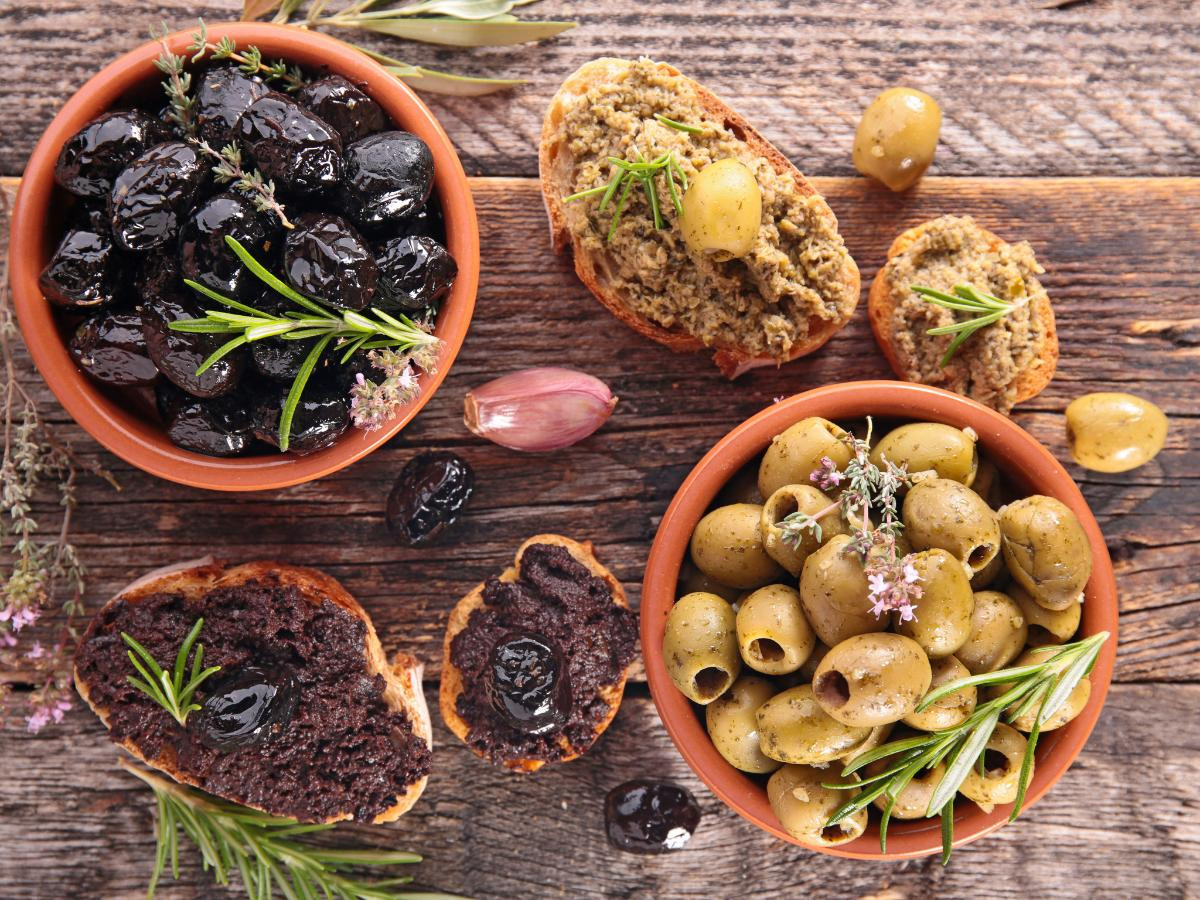
Black Olive Tapenade: Switching from bright green to black olives produces a richer, more intense flavor. This substitution works well in any recipe calling for a tapenade, offering a deeper olive taste.
Sun-Dried Tomato Tapenade: For a sweeter, tangy profile with vibrant color, sun-dried tomatoes blended with garlic, capers, and olive oil make an excellent substitute. This version is particularly good with pasta, on bruschetta, or as a sandwich spread.
Roasted Red Pepper Tapenade: Blending roasted red peppers with capers, garlic, and olive oil creates a sweet, smoky alternative to green olive tapenade. Its bright flavor and color enliven dishes, making it an excellent topping for grilled meats or a colorful addition to cheese platters.
Mushroom Tapenade: For a heartier, umami-rich option, finely chopped sautéed mushrooms mixed with garlic, thyme, and olive oil offer a fantastic alternative. This version pairs wonderfully with crusty bread as a stuffing for meats or a pasta sauce base.
Eggplant Tapenade (Caponata): While not a traditional tapenade, caponata offers a similar texture and complexity. Eggplant, capers, and olives provide a delightful mix of sweet and sour flavors. It’s excellent as a spread or a side dish.
Almond or Walnut Tapenade: For a nutty twist, blend toasted almonds or walnuts with garlic, parsley, and olive oil. This variation adds a crunchy texture and is a great vegan option that pairs well with cheese and fruit on a charcuterie board.

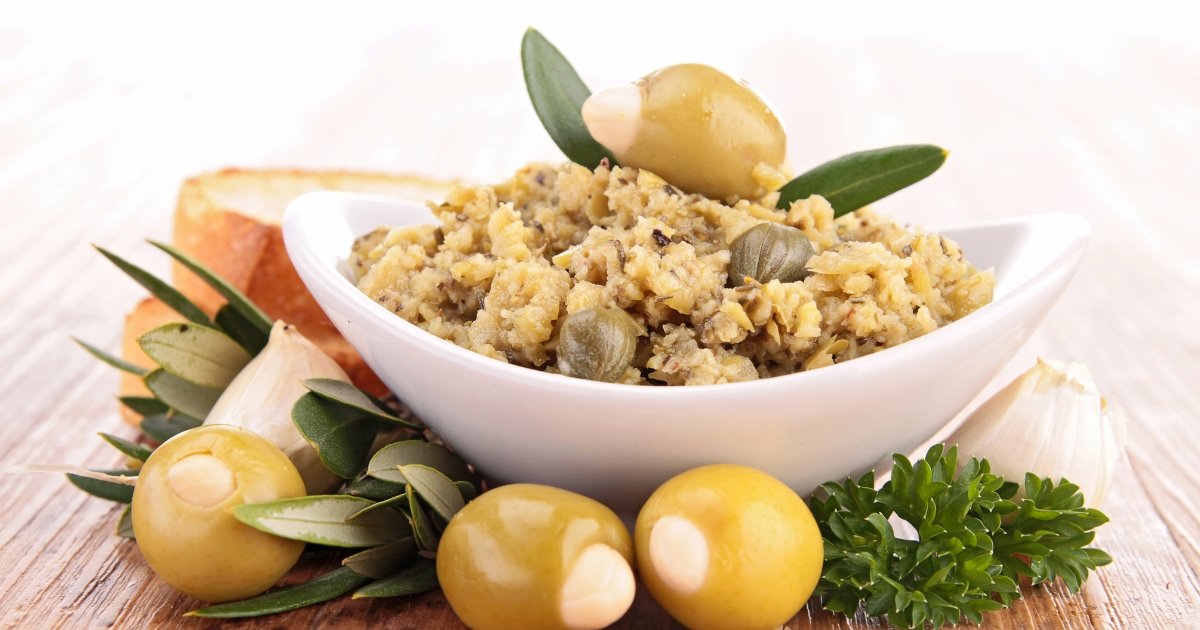

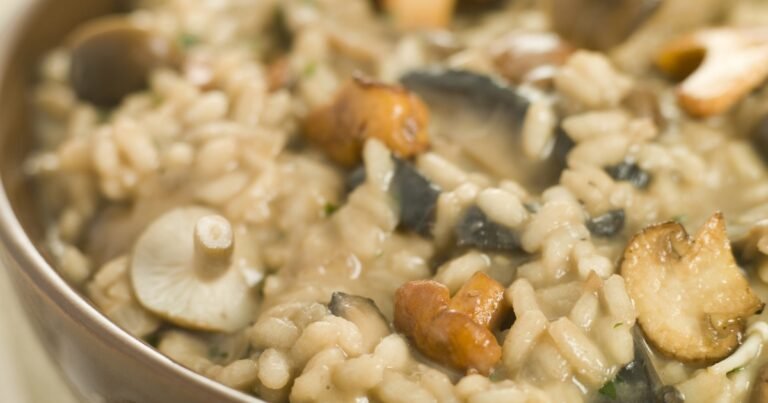
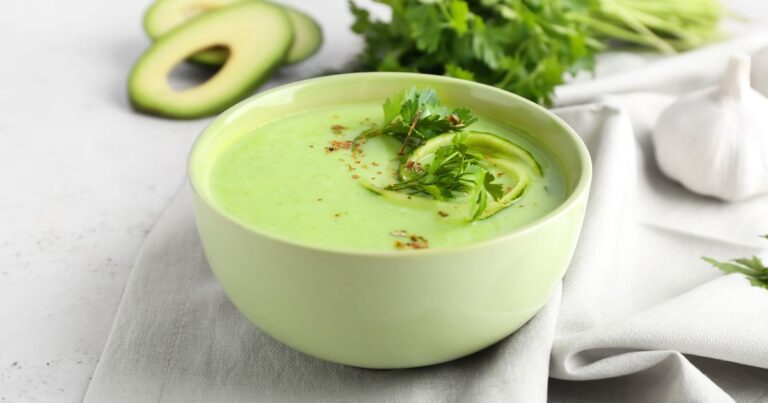



Beautiful. I love all these tapenades. I’ll have to try , thanks for sharing. ❤️